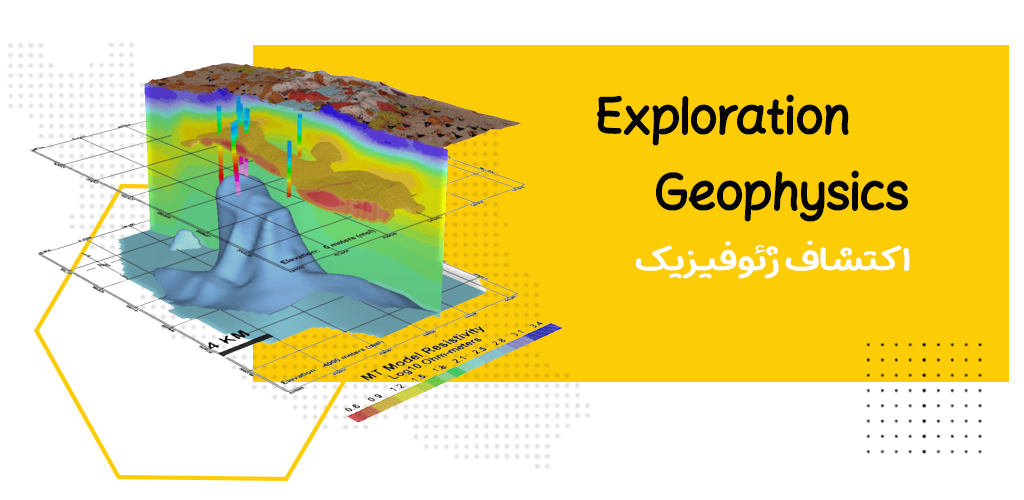
The field of geophysics was the first area in which our company began its activities. Our technical knowledge and extensive experience in this field have enabled us to design and manufacture advanced geophysical equipment and carry out related projects.
Since the beginning of our operations, we have utilized the expertise and experiences of our team members in the areas of construction, operation, and specialized training of various geophysical equipment, particularly magnetometers, in operational and exploratory environments. As a result, we have become a reputable and well-known brand among enthusiasts of these subjects. We have provided various services to our partners, distributors, and users of this equipment in different cities in Iran and some neighboring countries such as Turkey, the United Arab Emirates, and Afghanistan.
One of the achievements of our company, “Fanavaran Madar Pardaz Arta Novin,” is the deployment of total field gradient systems in Iran for the first time. This accomplishment, alongside the technical quality of our products, demonstrates the high level of technical knowledge and expertise of our surveying team.
We have formed a company in the field of design, manufacture and production of advanced electronic equipment and tools so that we can take a step in meeting the technological needs of the country by relying on modern science and experience.
All rights reserved by fannavarane madarpardaze arta novin
